Here's Who Made Gartner's 2018 Magic Quadrant For Industrial IoT
Adoption Growing, But Complex Solution Market Still Small
On-premises Internet of Things (IoT) platforms coupled with edge computing will account for up to 60 percent of industrial IoT analytics by 2020, up from less than 10 percent today, according to Gartner's new Magic Quadrant for Industrial IoT Platforms.
"Adoption is growing, but the installed base of complex IT/OT integration is small and focused on narrowly defined outcomes," said Gartner researchers in the report. "CIOs in industrial enterprises must cautiously approach IoT platform due diligence."
IIoT platforms include functions such as device management, analytics, security and application enablement and management. The platforms differ from legacy operational technology (OT) in its ability to provide more cost-effective machine data from IoT endpoints, orchestrate historically siloed data sources to enable better data accessibility and insights, and improve application enablement over legacy systems.

Industrial IoT Research Methodology
Gartner defines IIoT platforms as a set of integrated software capabilities that improve asset management decision making as well as operational visibility and control for plants, depots, infrastructure and equipment within asset-intensive industries. For this market evaluation, Gartner focused on three market segments: transportation, utilities, and manufacturing and nature resources.
Gartner's Magic Quadrant ranks vendors on their ability to execute and completeness of vision and places them in four categories: Niche Players (low on vision and execution), Visionaries (good vision but low execution), Challengers (good execution but low vision) and Leaders (excelling in both vision and execution). However, for this IIoT quadrant, Gartner did not rank any vendor as a 'Leader' or 'Challenger.'
Here are the 11 vendors that made Gartner's first-ever Industrial IoT Magic Quadrant, along with Gartner's assessments of each company's strengths and weaknesses in the space.

Visionary: PTC
PTC's IIoT ThingWorx platform is a complete end-to-end platform that delivers connectors to legacy PTC applications. PTC tends to focus on asset monitoring, predictive maintenance and operational excellence solutions in the manufacturing sector. The platform is available as an on-premise solution, along cloud and hybrid options, that leverages existing cloud and IIoT investments in Microsoft IoT Hub, AWS IoT and GE Digital's Predix.
PTC also provides a marketplace that gives developers access to connectors and extensions to popular IT and OT apps and hardware. The company has vast experience in the manufacturing sector based on its core applications. PTC ranks No.1 for execution and is also tied for the leadership position for vision with Hitachi on the quadrant.
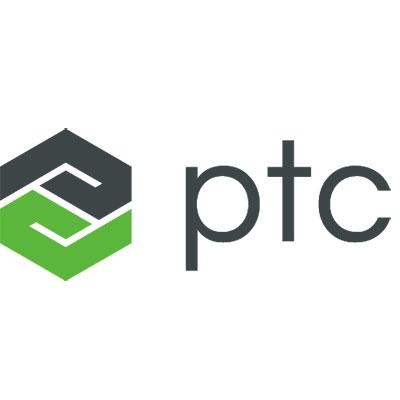
PTC
Strength: The ThingWorx Marketplace provides more than 170 apps, extensions, starter kits and IoT products, while helping nurture its developer communities and ecosystem of partners. PTC supports more than 130 protocols via its KEPServerEX platform that connects to ThingWorx.
Weakness: The company lacks an installed base of customers within the transportation and logistics, and utility sectors. PTC's analytics are not easy to use or integrate, and yield lower outcomes than planned.
Visionary: Hitachi
Hitachi's Lumada platform provides a full range of IIoT platform functionality that leverages a combination of Hitachi technologies alongside analytics and data management capabilities. Lumada is best for industrial environments involving Hitachi equipment where customers can leverage prebuilt Lumada functionality for edge device interaction and off-the-shelf solution cores for application requirements.
Lumada can be deployed on-premise as well as in the form of a hosted cloud service based on AWS, Google Cloud and Microsoft Azure. All of Hitachi operating companies plans to sell Lumada across a wide range of sectors including energy and utilities, manufacturing, transportation and natural resources. Hitachi ranks No. 4 for execution and is tied for first place for visionary with PTC on the quadrant.
Hitachi
Strength: Hitachi offers robust edge capabilities that are purpose-built for manufacturing, utility and transportation asset environments. The company recently unveiled Hitachi IoT Appliance, composed of Lumada software packaged with Hitachi hardware. Hitachi continues to add sector-specific applications and functionality via customer co-development process.
Weakness: The company doesn't maintain a generally available IoT marketplace for customers to access applications, extensions and connectors by Hitachi and third-partner developers. Lumada lacks a robust catalog of supported software developer kits and tools for secure management of software and edge agents.

Visionary: SAP
SAP brought together its IoT capabilities under the Leonardo brand, committing $2 billion of investment over five years. Leonardo IoT is designed for industrial asset monitoring and related analytics across manufacturing, utility, and transportation and logistics sectors. The platform is multi-cloud and can run on AWS, Google and Microsoft cloud services.
The solution is available as a standalone but it offers more benefit with SAP's existing middleware and enterprise applications. The company has moved from selling IIoT as a platform to selling end-to-end solutions around enterprise apps. SAP ranks No. 2 for execution and No. 3 for vision on the quadrant.
SAP
Strength: The platform has proven capabilities to enrich and supplement OT functions with IoT for improved asset life cycle management strategies and processes. The ability to deploy it on multiple cloud services and on-premises broadens Leonardo's flexibility and appeal.
Weakness: SAP's IIoT offerings are heavily integrated with other SAP services and applications, limiting the appeal to industrial enterprises without a large SAP installed base. The company lacks a single point of ownership and efficient processes to provide timely support to customers.
Niche Player: Accenture
Accenture's Connected Platforms as a Service (CPaaS) is a hybrid, industry-agnostic stand-alone software solution. The multi-cloud platform supports common open-source technologies in areas such as protocols, data management and analytics. CPaaS spans the full range of required IIoT platform components, and is extensible and configurable for specific customer needs.
Vertical industries include heavy industrial manufacturing, automotive, utilities, natural resources, and transportation and logistics. Deployments leverage the company's professional services for design, configuration and delivery -- including customization of analytics and applications. Accenture ranks No. 3 for execution and among the middle of the pack for vision on the quadrant.
Accenture
Strength: Accenture excels in adapting to customer requirements for proofs of concept and solution deployments by providing the right skills, resources and flexible pricing. Gartner received positive customer feedback for CPaaS, citing ease of use and ease of integration.
Weakness: The company lacks deep experience and capabilities in deploying CPaaS in mission-critical and regulated industrial settings. Accenture doesn't have customers integrating CPaaS into legacy OT technologies in asset-intensive environments.
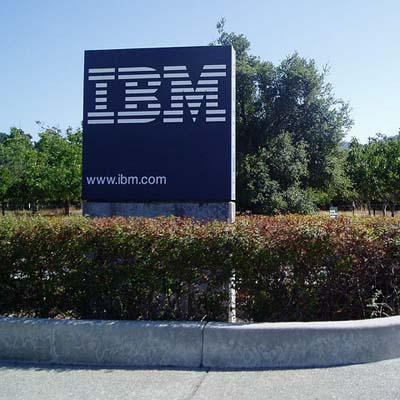
Niche Player: IBM
IBM's Watson IoT platform provides capabilities for device management, analytics, data management, software development and security, and robust offerings for integration. Watson is deployed as public cloud services and dedicated cloud for on-premises. The company has demonstrated capabilities in IoT across manufacturing and utilities industry.
Sold by all business units inside IBM, Watson is best-suited leveraging IBM's middleware expertise, applications, its Watson stack, and data centers for connected products and assets in the field. The platform also offers some specific solutions, such as IoT for Connected Services, IoT for Manufacturing and IoT for Automotive. IBM ranks No. 4 for vision and No. 5 for execution on the quadrant.
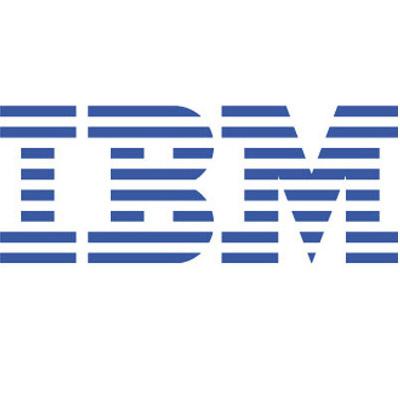
IBM
Strength: The analytics capabilities within Watson IoT are easy to use and require less training than competitive platforms. IBM has dedicated versions of Watson in eight IBM Cloud data centers around the world for access to users in 175 countries.
Weakness: Multiple customers told Gartner instances in which IBM has failed to fulfill on future platform functionality commitments. Watson's success requires IBM to increase the number of partnerships with OT vendors to broaden its value to industrial enterprises.

Niche Player: Oracle
Oracle's IoT Cloud Service leverages the company's broader platform as a service (PaaS) cloud offerings that integrates both Oracle's middleware solutions and applications. The company's IIoT focus is on business applications rather than the underlying technology -- emphasizing IoT asset monitoring, production monitoring, fleet monitoring and service monitoring.
Oracle's IoT business unit has more than 250 developers. The company's IIoT solutions can run only on Oracle Cloud but are available on-premises via implementation on the Oracle private cloud. Oracle ranks amongst the middle of the pack for both vision and execution on the quadrant.
Oracle
Strength: Oracle's IoT application-centric approach offers faster implementation, ease of management and out-of-the-box connectivity to middleware and enterprise applications. By leveraging Oracle Intelligent Bots, the IoT Cloud Service provides natural language query processing and results generation.
Weakness: The IoT cloud service provides some basic device management capabilities, but mostly relies on OEM-led device management solutions. Oracle's approach may require customers to support multiple tools for device management.
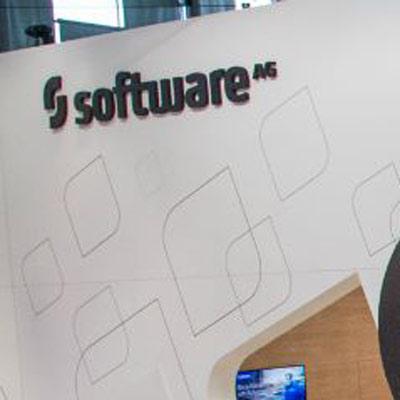
Niche Player: Software AG
Software AG's Cumulocity IoT application platform natively provides device management, data management and solid capabilities relating to integration, analytics and security. Cumulocity IoT can be used as a standalone or in conjunction with other products in the company's Digital Business Platform portfolio.
Software AG has multiple industrial use cases for manufacturing, utility, and transportation and logistics. Verified use cases include asset monitoring and predictive maintenance of in-field industrial assets -- such as heavy industry, automotive fleets and renewable energy generation. Software AG ranks No. 5 for vision and among the middle of the pack for execution on the quadrant.
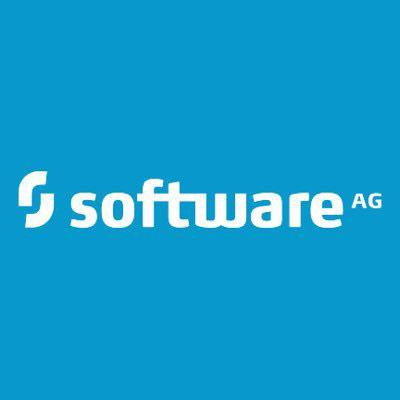
Software AG
Strength: Protocol support by the platform is leading among vendors Gartner evaluated for manufacturer and enterprise application and edge device protocols. Cumulocity provides the capability to quickly create and use simple digital twins for asset state visibility.
Weakness: Software AG doesn't have a large customer base of IIoT platform solutions for operations in manufacturing and utilities. The company lacks partnerships with OT vendors to differentiate capabilities relating to integration with legacy industrial control systems (ICS) or enterprise applications.
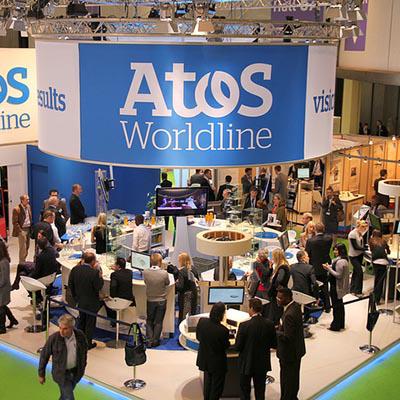
Niche Player: Atos
Atos' Codex IoT leverages existing Atos middleware along with partnered and open-source technologies. The platform runs on Atos' cloud platform, and is available on-premise and for deployment on Microsoft Azure and AWS. The majority of Codex use cases reviewed by Gartner focused on quality and predictive maintenance for industrial equipment, utility infrastructure and production line efficiency, as well as connected car and fleet management services.
The company can support diverse manufacturer products for asset monitoring and management in the field. Atos ranks amongst the middle of the pack for both vision and execution on the quadrant.
Atos
Strength: Codex Connectivity Platform, a device and connectivity management element of Codex, is a strong differentiator for clients that require secure, telematics-heavy IoT solutions. Atos core business of enterprise IT services, platforms and industrial expertise makes the company a leading provider for end-to-end managed IoT solutions.
Weakness: Despite Atos' industrial products, the company doesn't exhibit broad and deep penetration into industrial environments where Codex integrates into legacy OT. The company doesn't have a structured developer program which limits access to third-party apps.
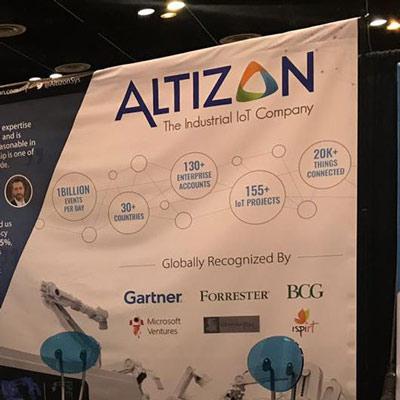
Niche Player: Altizon
Altizon's Datonis IIoT platform is a hybrid, stand-alone software platform based on in-house development using open-source software building blocks. Although Datonis is an industry-agnostic IoT platform, Altizon has targeted and proven capabilities in industrial asset monitoring and analytics across automotive and chemical manufacturers, oil and gas, and utility companies.
Altizon's main market is India for sales and services for its IIoT platform. Deployment choices include on-premises, Infrastructure as a Service on any cloud, or integrated with AWS and Microsoft Azure services. Altizon ranks amongst the middle of the pack for both vision and execution on the quadrant.
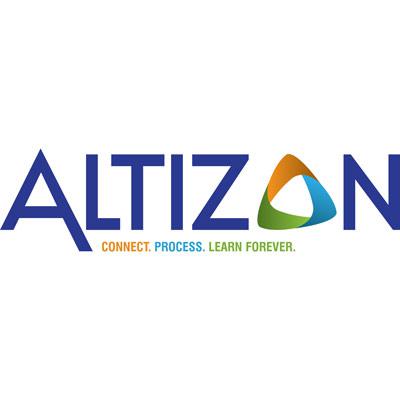
Altizon
Strength: Datonis acts as the central repository for all device and gateway policies, while providing a REST API to provision and manage the software lifecycle of devices and gateways. The platform has proven success within industrial enterprises to bridge IT and OT.
Weakness: Altizon does not have a significant base of customers outside of India. The company lacks a productive channel community and doesn't support the interpretation, transformation and handling of audio or video data.
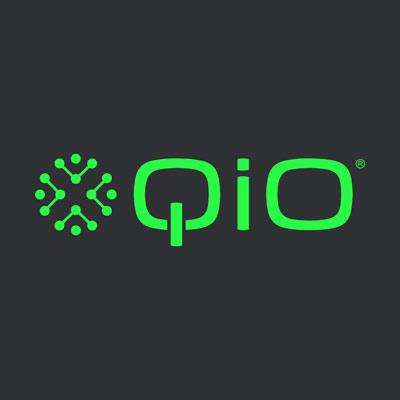
Niche Player: QiO
QiO's Foresight is a cloud-independent platform leveraging open-source software and OEM building blocks. Foresight is best-suited for manufacturers seeking connected solutions for field assets and use cases for supply chains associated with transportation and logistics. QiO also has production use cases in aviation, maritime, and oil and gas.
A critical approach the company brings to its engineering-centric customers is its analytical digital twin for industrial assets, called PARCS. QiO models, predicts and simulates the status of industrial assets -- based on the PARCS policies -- against the cost and service requirements of the asset. QiO ranks near the bottom of the pack for both vision and execution on the quadrant.
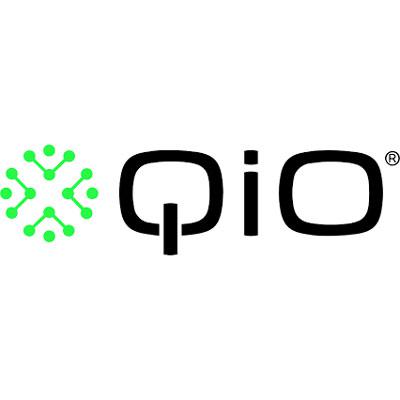
QiO
Strength: QiO differentiated its platform through partnerships with third-party vendors and offers a library of extensions, connectors and drivers to integrate assets and applications to improve OT. Foresight has proven success for IoT application enablement and management.
Weakness: QiO is a small provider and lacks execution for global marketing, sales and support which limits Foresight from global large-enterprise adoption. Additionally, the company doesn't support customers in the utility sector.
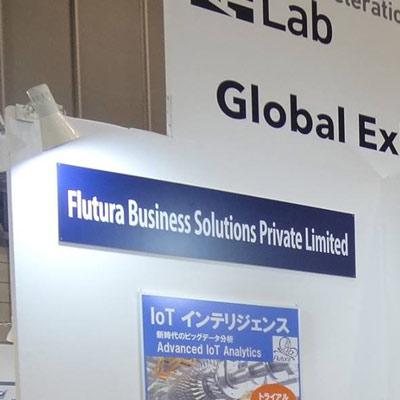
Niche Player: Flutura
Flutera's Cerebra IoT platform is a cloud-based solution with strengths centered around analytics. Cerebra supports real-time streaming analytics and leverages a RESTful architecture to support API-based analytics queries. Cerebra targets three heavy-asset industries: specialty chemicals, oil and gas, and industrial machinery manufacturers.
IIoI use cases include remote monitoring to monitor, assess, predict and influence quality during manufacturing. For IoT edge communications, Cerebra supports protocols such as HTTPS, MQTT and UDP. Flutura's also owns Cerebra Device Management Lite, which is a lightweight device management tool. Flutura ranks last place on the quadrant for both vision and execution.

Flutura
Strength: Cerebra provides a broad range of analytical styles leveraging physics, heuristics and machine learning for industrial asset optimization and operations management. Flutura's digital twin library helps customers quickly apply its technology to industrial asset maintenance challenges.
Weakness: Flutura's device management lacks essential capabilities, while the company also doesn't offer general-purpose or a device integration software development kit. Cerebra lacks data visualization and data query capabilities associated with analyst collaboration support, natural language query processing and location intelligence.